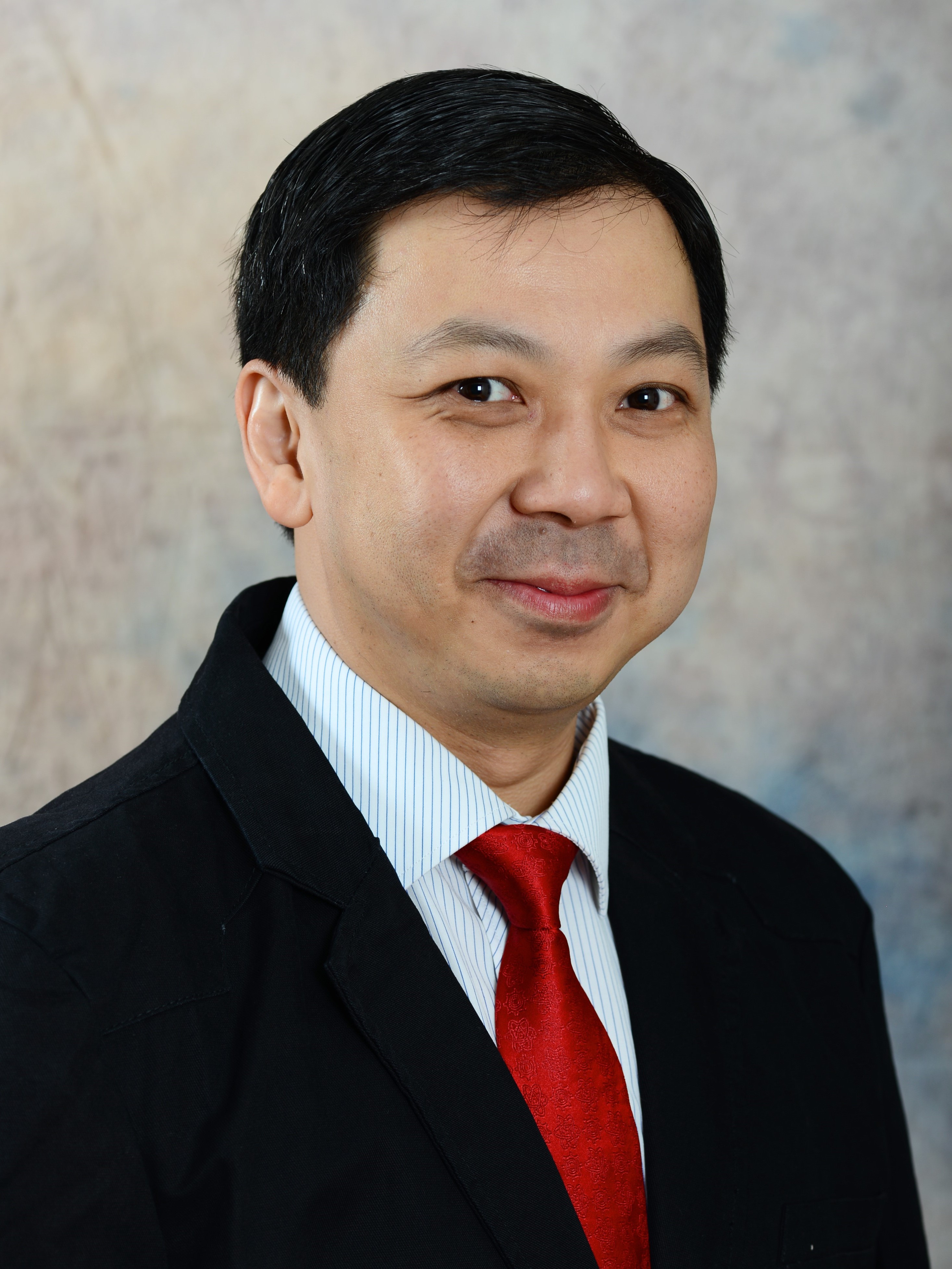Director’s message

The interdisciplinary nature of robotics makes it a disruptive enabler for the urgent healthcare needs in an ageing society, for promoting productivity leading to economic growth, for ensuring sustainability of complex urban environments as well as for safety and security worldwide. Certain areas in robotics such as Medical and Assistive Robotics, Manufacturing Automation of manual tasks, Autonomous UAV, and also Autonomous Vehicles. As we are now at a dawn of new age robotics and intelligent machines, a breakthrough in these identified areas may revolutionize our standard of living.
In line with Singapore’s vision to build the World’s first Smart Nation by harnessing technology to the fullest, our Robotics Research Centre (RRC) has set its future research in two main directions: Human-Centric Robotics and Industrial and Infrastructure Robotics.
Human-centric Robotics refers to robotics systems that are utilized in close proximity to human or even within a human body. With the establishment of LKC Medical School, RRC puts in strong R&D emphasis in healthcare robotics as well as encourage translational projects to benefit Singapore’s industry as a whole. As an example, recent RRC spinoff companies such as EndoMaster Pte Ltd, a medical robotics start-up that has developed a novel robotic-assisted surgical system, and ArtiCares Pte Ltd, a rehabilitation and assistive robotics start-up that develops robotic solutions for homes, perfectly illustrates how Singapore can take the lead in certain fields of medical robotics.
With the advent of Industry 4.0, also the role of the operator has evolved creating new needs for manufacturing robots to work alongside human workers, rather than in ring-fenced environment.
A word of caution is in order here, as the role of these robots is not to replace humans but to assist them in completing their tasks. New theoretical frames have therefore to be deployed and envisioned whereby humans and robots share tools, control and communication channels. Our research is therefore also prompted by Neuroscientific findings and investigations in the field of human motor control, human factors and skills.

RRC has also been delving into Industrial and Infrastructure Robotics and Automation as a relatively recent drive for R&D excellence in robotics. Infrastructure robotics refers to the use of intelligent robots and automation technology for civil infrastructure construction, inspection, and maintenance. Civil infrastructures include private and public buildings, bridges, tunnels, underground caves, parks, seaports, utility facilities, etc. Due to our ageing workforce and also the hazardous nature of tasks, using robotic technology to assist the workers to carry out their tasks becomes a necessity. Robotic equipment that are used for infrastructure applications are often operated outdoors. The uncertainties present in an outdoor environment make this research area challenging but worthwhile for robotics R&D.
We believe these R&D focus will further boost Singapore’s reputation as well as NTU’s international reputation in niche robotics and automation R&D. Our focus on translational robotics R&D that could benefit the industry as well as innovative robotics spin-off companies, will further enlighten the productivity concerns in Singapore as well as assist other tasks that requires automation and robots to allow people to be free from rudimentary works, allowing for a more creative and highly value-added activities.

